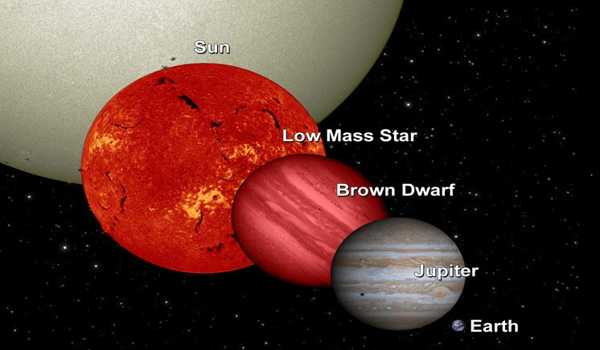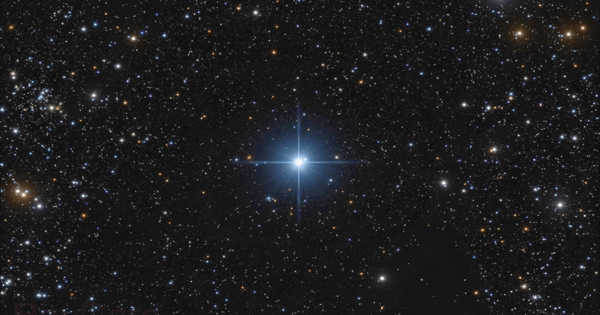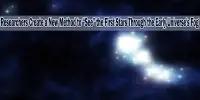Brown dwarfs are astronomical objects with masses that fall between planets and stars. The precise limits of their mass are unknown, especially given that their composition is very similar to that of low-mass stars. So, how do we tell if we’re looking at a brown dwarf or a very low mass star?
An international team led by scientists from the University of Geneva (UNIGE) and the Swiss National Centre of Competence in Research (NCCR) PlanetS, in collaboration with the University of Bern, has identified five objects with masses near the boundary between stars and brown dwarfs that could aid scientists in understanding the nature of these mysterious objects. The findings were published in the journal Astronomy & Astrophysics.
Stars, like Jupiter and other giant gas planets, are primarily composed of hydrogen and helium. However, unlike gas planets, stars are so massive and have such a strong gravitational pull that hydrogen atoms fuse to produce helium, releasing massive amounts of energy and light.
Brown dwarfs are astronomical objects with masses between those of planets and stars. The exactly the limits of their mass lie remains a matter of debate, especially since their constitution is very similar to that of low-mass stars.
‘Failed stars’
Brown dwarfs, on the other hand, are not massive enough to fuse hydrogen and thus cannot produce the massive amounts of light and heat that stars do. Instead, they fuse relatively small amounts of deuterium, a heavier atomic version of hydrogen. This process is inefficient, and the light emitted by brown dwarfs is much weaker than that emitted by stars. This is why they are often referred to as “failed stars” by scientists.
“However, we still don’t know exactly where the mass limits of brown dwarfs lie, limits that allow them to be distinguished from low-mass stars that can burn hydrogen for many billions of years, whereas a brown dwarf will have a short burning stage and then a colder life,” says Nolan Grieves, a researcher in the Department of Astronomy at UNIGE’s Faculty of Science and a member of the NCCR. “These limits vary depending on the brown dwarf’s chemical composition, for example, or how it formed, as well as its initial radius,” he explains.

We need to study examples in-depth to get a better understanding of what these mysterious objects are. However, it turns out that they are quite rare. “We’ve only accurately characterized about 30 brown dwarfs so far,” says the Geneva-based researcher. In comparison to the hundreds of planets known in detail by astronomers, this is a small number. This is especially true given that brown dwarfs are easier to detect than planets due to their larger size.
New pieces to the puzzle
TOI-148, TOI-587, TOI-681, TOI-746, and TOI-1213 are the names of five companions discovered by the Transiting Exoplanet Survey Satellite (TESS) as TESS objects of interest (TOI). Because they orbit their respective host stars, these are referred to as ‘companions.’ They do so with periods ranging from 5 to 27 days, radii ranging from 0.81 to 1.66 times that of Jupiter, and masses ranging from 77 to 98 times that of Jupiter. This puts them on the cusp between brown dwarfs and stars.
As a result, these five new objects contain valuable information. “Each new discovery reveals more clues about the nature of brown dwarfs and gives us a better understanding of how they form and why they are so rare,” says Monika Lendl, a researcher in the UNIGE Department of Astronomy and a member of the NCCR PlanetS.
The relationship between their size and age is one of the clues the scientists discovered to show these objects are brown dwarfs, as explained by François Bouchy, professor at UNIGE and member of the NCCR PlanetS: “Brown dwarfs are expected to shrink over time as their deuterium reserves deplete and they cool. The two oldest objects, TOI 148 and 746, have smaller radii, whereas the two younger companions have larger radii.”
However, these objects are so close to the limit that they could be very low-mass stars, and astronomers are still unsure whether they are brown dwarfs. “Even with these new objects, we still don’t have enough data to draw firm conclusions about the differences between brown dwarfs and low-mass stars. More research is required to learn more “Grieves concludes.
















